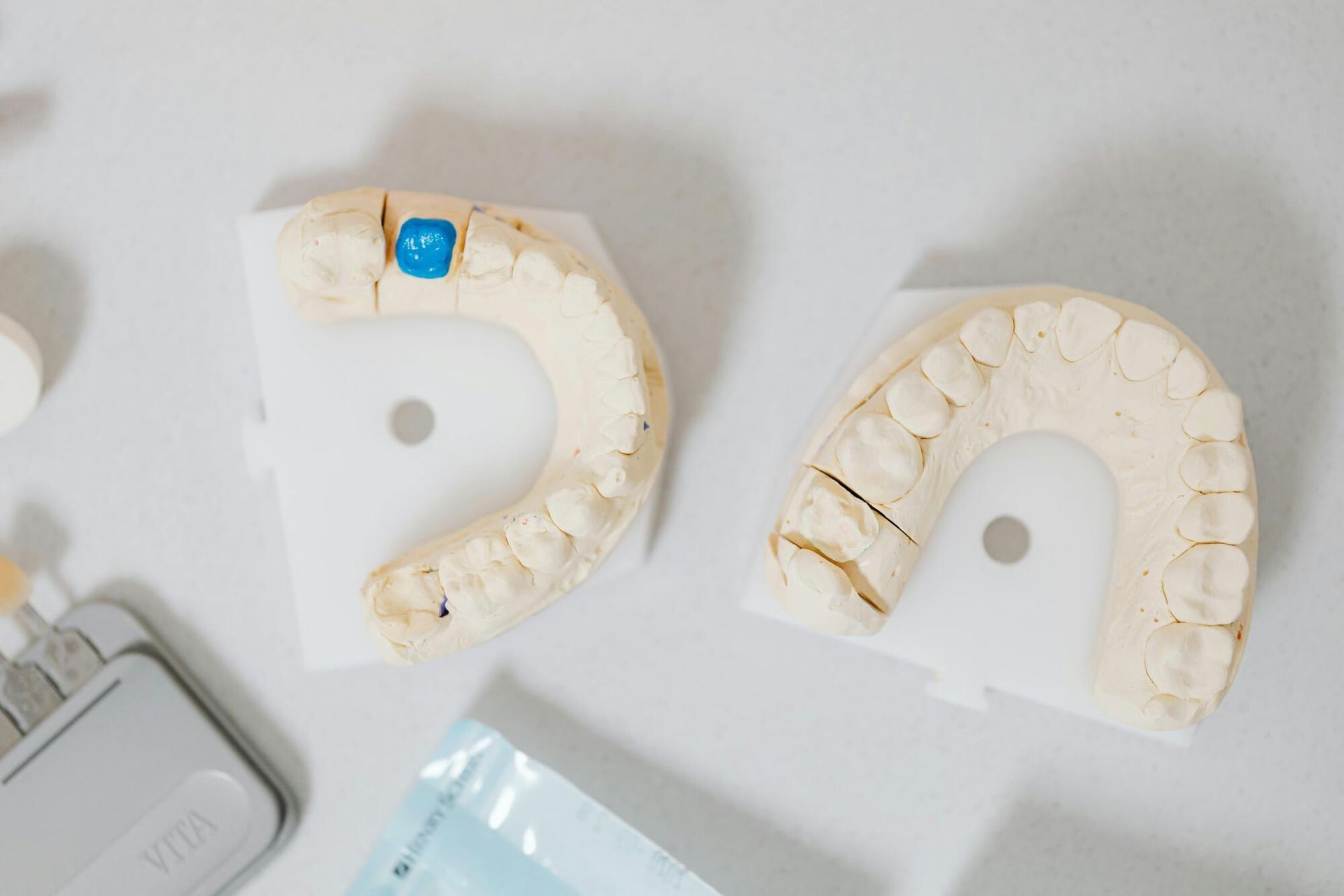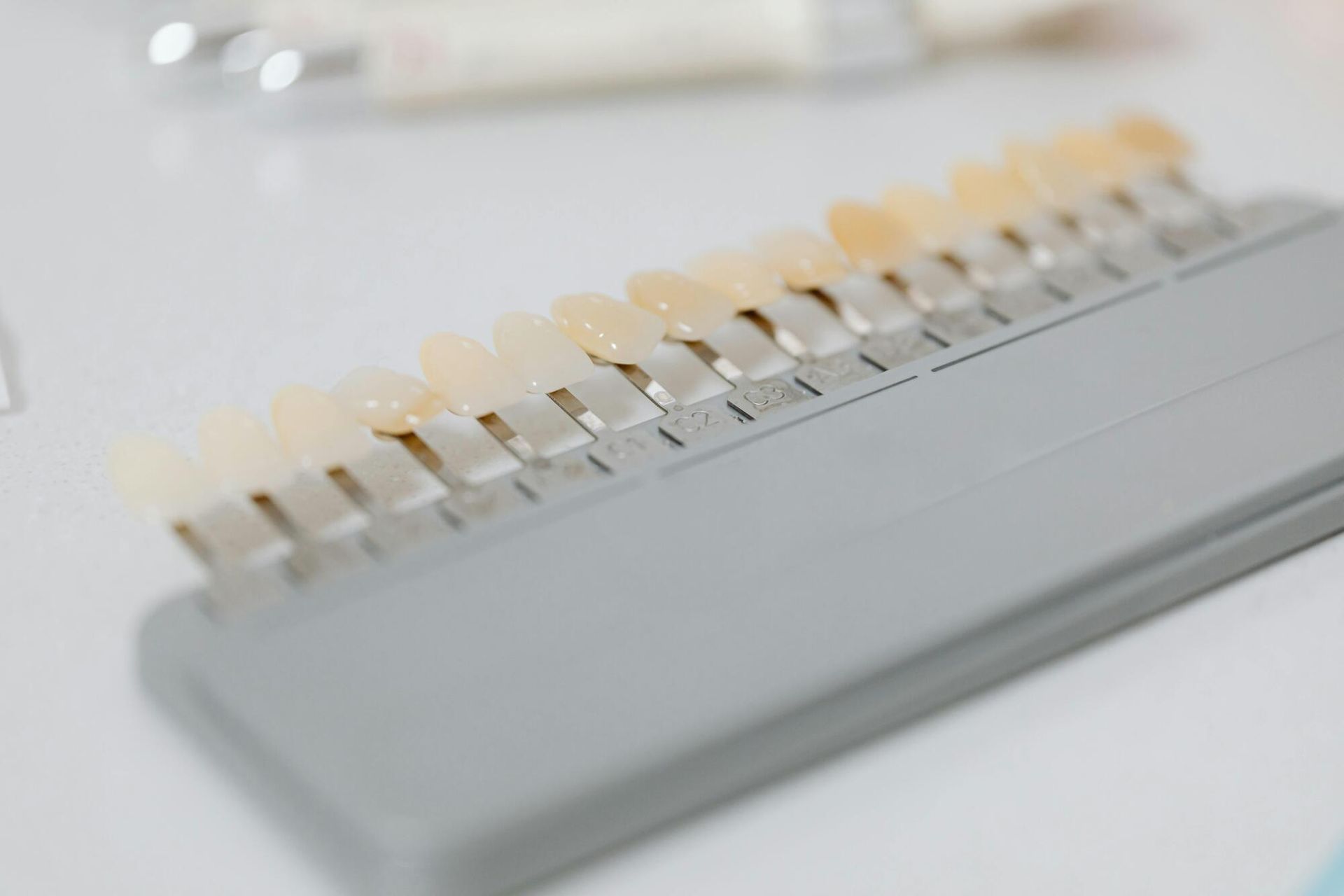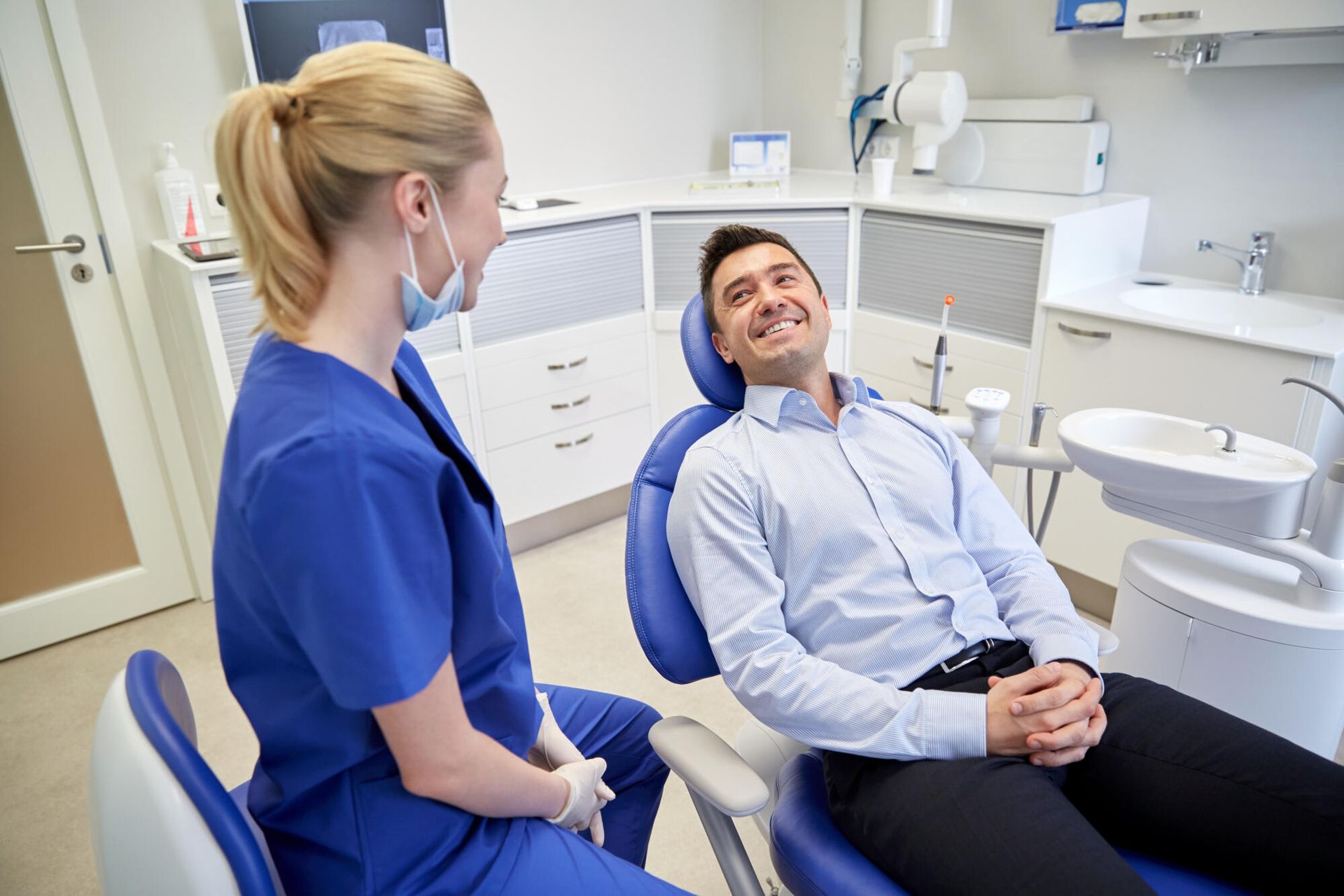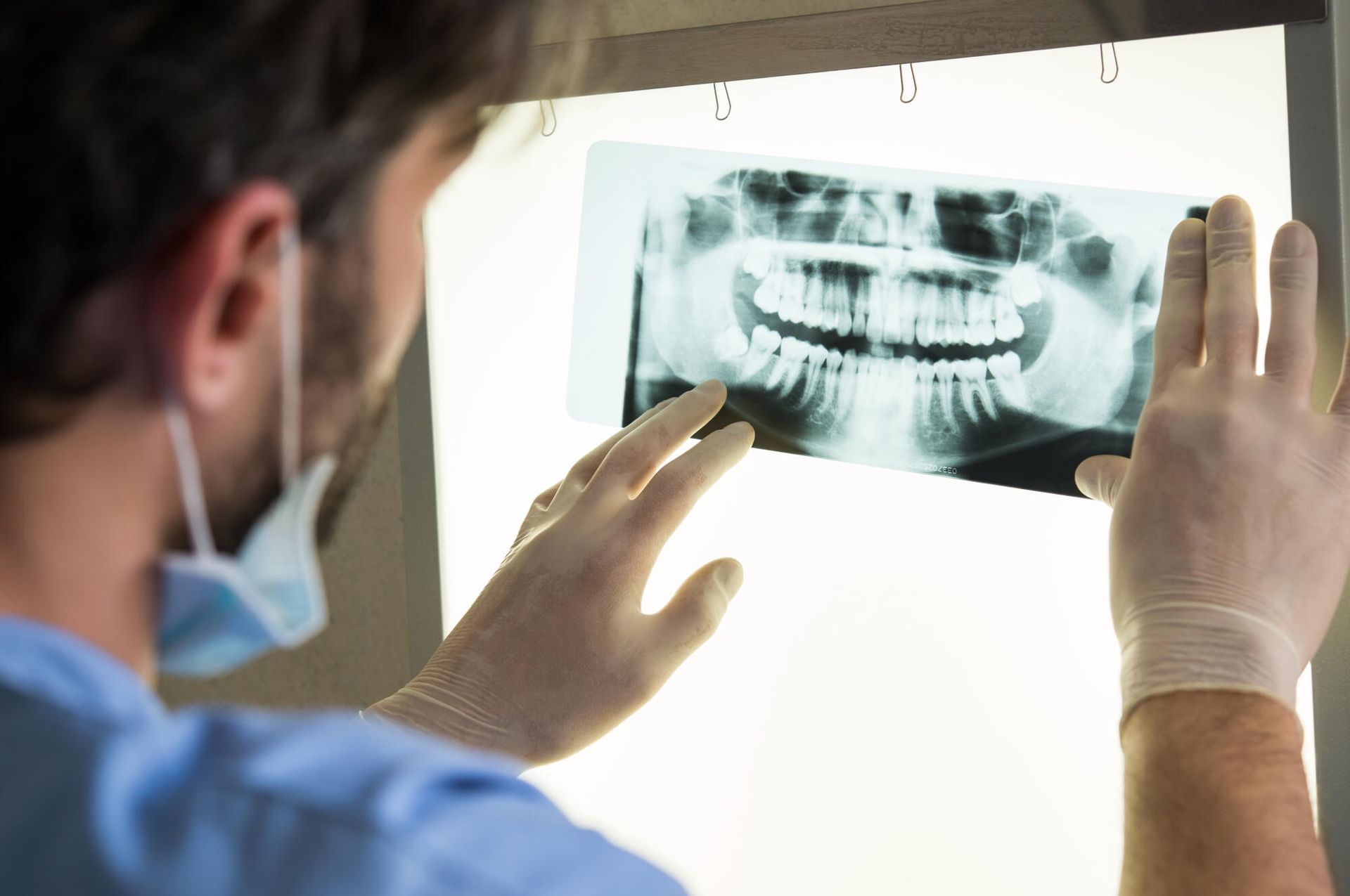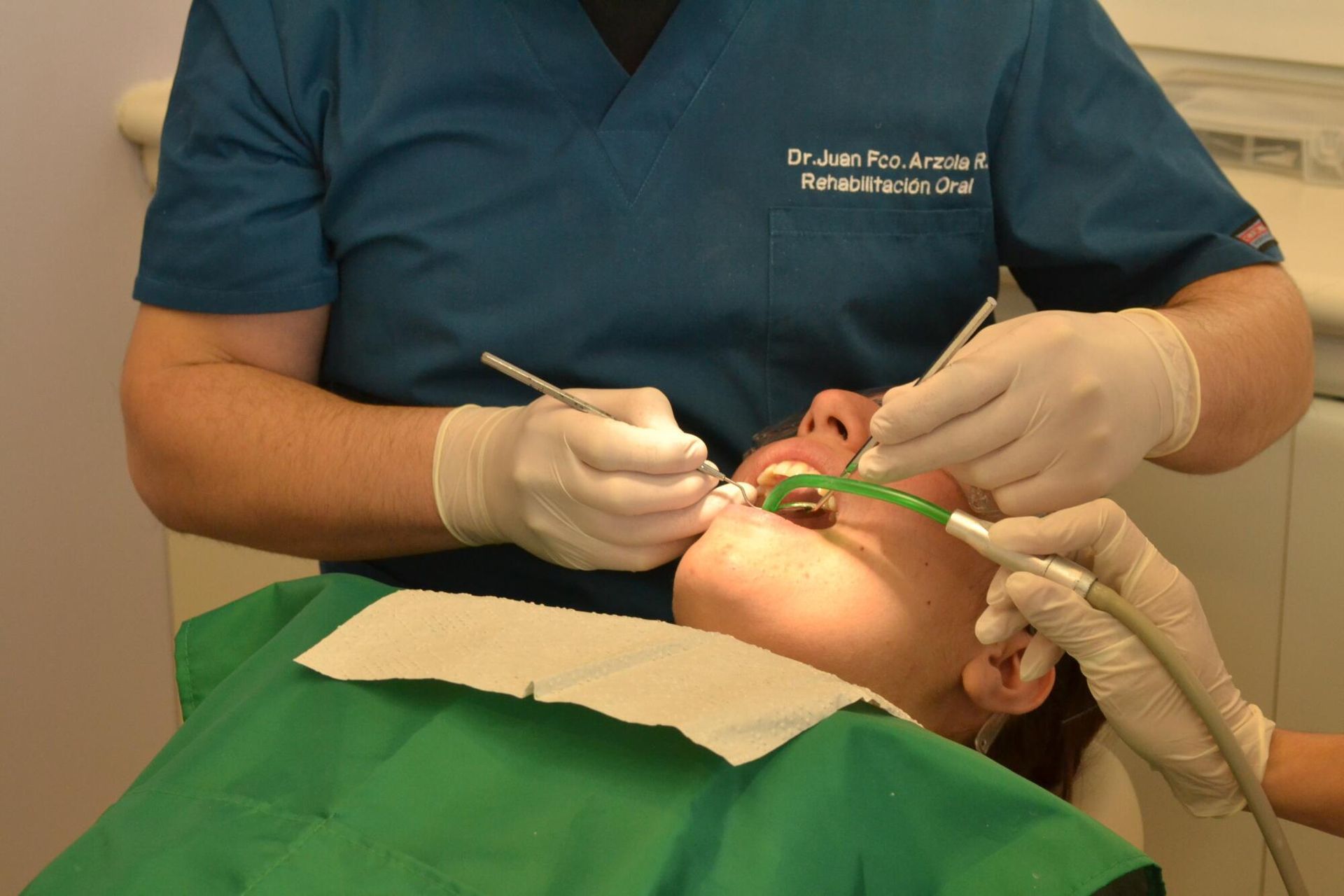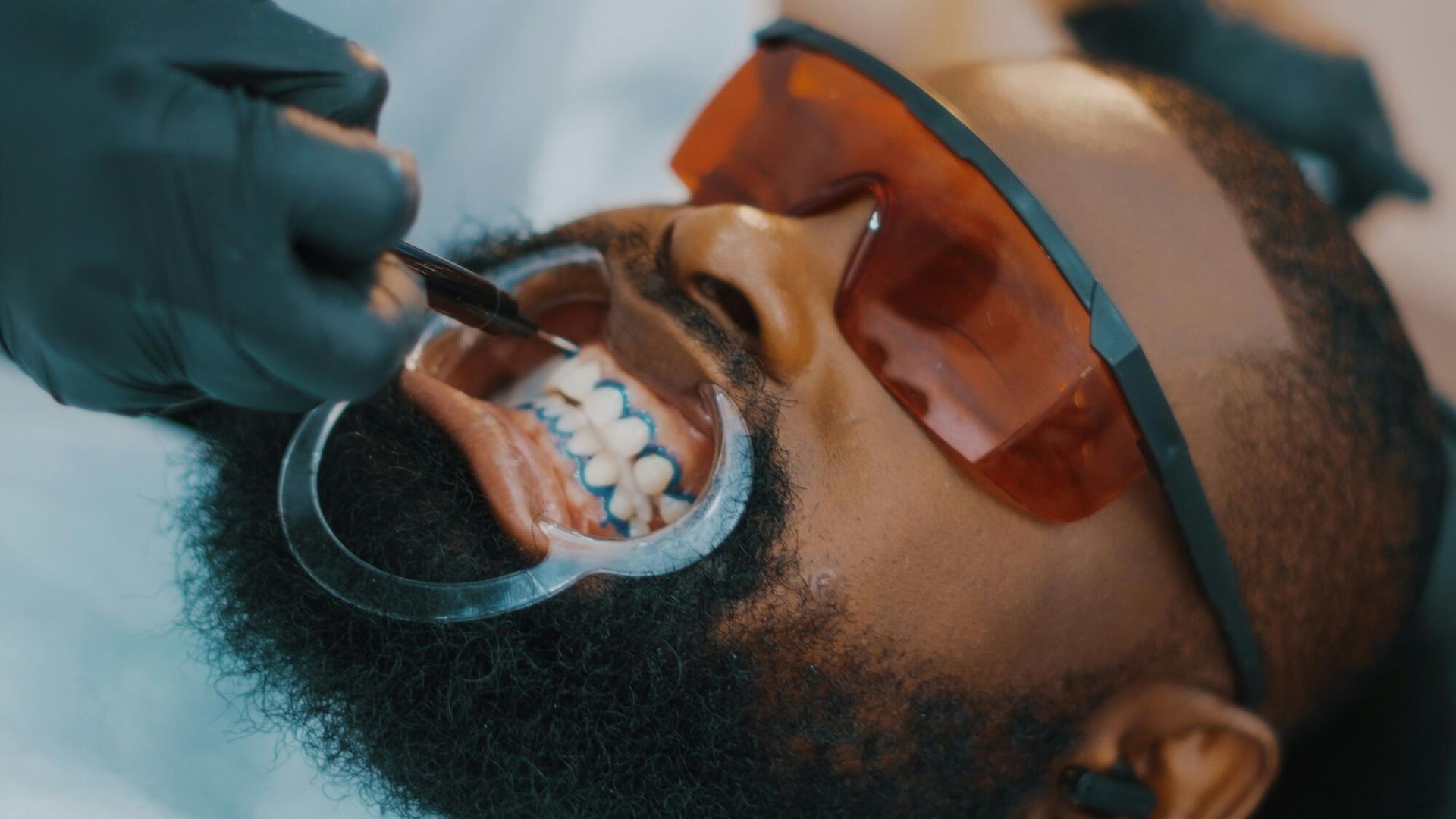Debunking Myths about Sedation Dentistry
36% of Americans claim to live in fear of dental treatment. 12% of them have what would be considered extreme fear.
Although many people are afraid of going to the dentist, a lot of them are also fearful of sedation dentistry as well. Sedation dentistry can be a great solution for people who are scared of going to the dentist or simply those who want to minimize their pain during dental procedures. However, there are a lot of misconceptions about how it works.
Ready to learn more? In this guide, we'll debunk some of the most common myths surrounding sedation dentistry in Arlington, TX.
What Is Sedation Dentistry?
Sedation dentistry is a type of dental care that utilizes sedatives to provide comfort to patients when undergoing dental procedures. It helps both children and adults relax and experience dental treatments in a pain-free way.
Sedation dentistry helps to remove stress from the equation when getting dental care by creating a relaxed feeling in the body. Commonly used sedatives include nitrous oxide, also known as laughing gas, as well as intravenous (IV) sedation and general anesthesia.
Anyone can benefit from sedative dentistry practices since they can help reduce dental anxiety and pain. Sedation dentistry can help ensure that a patient can get the dental care they need with minimal friction.
Common Sedation Dentistry Myths
So, what are the persistent myths regarding sedation dentistry? Here are the sedation dentistry myths that you should stop believing immediately.
You'll Be Completely Unconscious
One of the myths that people believe about sedation dentistry is that a patient will be unconscious. This is not always the case, and typically a person will remain conscious when sedated.
Although sedatives will make a person sleepy, they can still respond to anyone who asks them a question. You'll be able to communicate under sedation as needed.
There are various levels of sedation. Only in more complicated cases is it necessary for a patient to be at a higher sedation level and be completely unconscious. While sedation will make a patient very comfortable, it usually won't put them to sleep.
It's Only for Complicated Dental Procedures
Many people believe that sedation is only necessary when a procedure is particularly complex or extensive. However, sedation can be used for many minor procedures to provide a better experience to a patient.
Sedation can even be used for routine dental cleanings if necessary to provide patients with the comfort they need. It works well for any patient who has dental phobia and has trouble dealing with the stress of getting dental work performed.
Sedation Is Only Meant for Dental Phobia
Although sedation can be beneficial for those who suffer from dental phobia, others can benefit as well. It can help patients with only mild anxiety or anyone who wants to experience more comfort during their dental visit.
Some dental procedures can be painful, so sedation can help to promote relaxation. It helps ensure patients of all types experience minimal stress while getting dental work. Anybody can use sedatives for improved well-being and a quicker and less painful dental visit.
Only Adults Can Be Sedated
Many people mistakenly believe that sedation dentistry is only for adults, rather than children. This isn't the case. Nitrous oxide and other sedatives are often used to sedate children because they can help make them more comfortable and relaxed. They'll feel less worried about any treatments that they need to undergo.
General anesthesia is a bit less common for children. However, it will still be used for more intensive dental work.
Sedation Dentistry Is Dangerous
Perhaps the biggest misconception about dental sedation is that it's very dangerous. Fortunately, sedation dentistry doesn't live up to this expectation.
There's a minimal risk of complications during sedation and it's considered a safe practice overall. However, sedation must be administered by a professional who has been well-trained in how to sedate patients.
It's also possible that some people will experience side effects such as drowsiness, headache, dry mouth, and short-term memory loss while being sedated.
Dental Sedatives Are Addictive
A common myth that some patients believe about sedative dentistry is that medications are addictive. However, the truth is that the medications used for sedative dentistry purposes aren't addictive, unlike more powerful sedatives like barbiturates.
Drugs used in sedation dentistry aren't considered addictive and have a very low number of side effects. Additionally, with any sedation, the doses are carefully chosen and controlled. They're determined to meet a patient's exact needs and only the necessary amount is used.
When administered by professionals who know what they're doing, you can rest assured that you won't get addicted to any sedatives while getting dental work completed.
It's Not Worth the Cost
Another big misconception people have about sedation dentistry is that it's too expensive and not worth the cost.
While it's true that sedation will incur additional charges, many patients find that it is more than worth it. Sedation can help benefit patients greatly by helping them be more relaxed during dental treatments. They'll be able to get the general or cosmetic dental work they need while having a pleasant time at the dentist's office.
With so many people living in fear of the dentist and needing dental work done, sedation can be well worth the cost. It can help a patient prioritize their oral health more easily.
The Truth About Sedation Dentistry
If you are considering sedation dentistry, there is no need to be afraid. Ignore these myths to determine if it's right for you.
Unlike what some patients believe, sedation isn't dangerous or addictive and usually doesn't render you unconscious. It's also for more than just complicated procedures or those who have extreme dental phobia.
If you need dental work, consider visiting Dr. Heather Martinson. She has practiced cosmetic and restorative dentistry in Arlington for over 25 years and can help your family get great results at every visit.
Do you need sedation dentistry in Arlington, TX? Contact us today to set up your next dental appointment.
Dr. Heather E. Martinson
